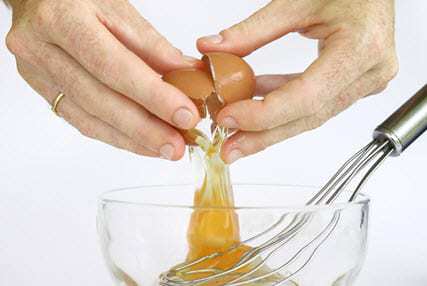Scientists work to bring augmented reality to the kitchen
The culinary world has become awash with a wide variety of mobile applications. Some of these applications have been commissioned by celebrity chefs as a way to provide consumers with their high-profile recipes. Augmented reality has made its way to some of these applications, but the inclusion of the technology has brought about an interesting concept. Computer scientist Yu Suzuki, along with his colleagues at the Kyoto Sangyo University in Japan, has been working on incorporating augmented reality technology into a kitchen setting.
Kitchen provides variety of digital displays to aid in food preparation
Suzuki has created a kitchen that is equipped with an array of cameras and projectors that are affixed to the ceiling. The cameras take in visual information and feed this data to the projectors. Using augmented reality, the projectors illuminate the surface of the kitchen with a variety of digital displays. These displays provide information on a variety of ingredients, but also serve as a guide for chefs cooking particular dishes. According to Suzuki, the augmented reality system could help cooks visually understand how to prepare a recipe, even without prior culinary experience.
Augmented reality system could be a valuable training tool
Technology may not be an adequate replacement for skill and experience, but the augmented reality system could be a powerful educational tool. Chefs could use such a system to provide training to new employees. The same can be done in culinary schools. Previous attempts to incorporate augmented reality into the field of education have shown that students of varying ages all respond well to visual direction.
System introduces Phyno, a robotic kitchen assistant
Suzuki’s augmented reality system is also accompanied by a small robot named Phyno that inhabits a place on a counter top. Phyno is capable of responding to simple voice commands and is designed to help those using the system better understand the lessons being provided. Phyno will asks those using the system if they have completed the step that they are currently on. A simple “yes” will have Phyno move on to the next step, while “no” will repeat the current step of the course.

